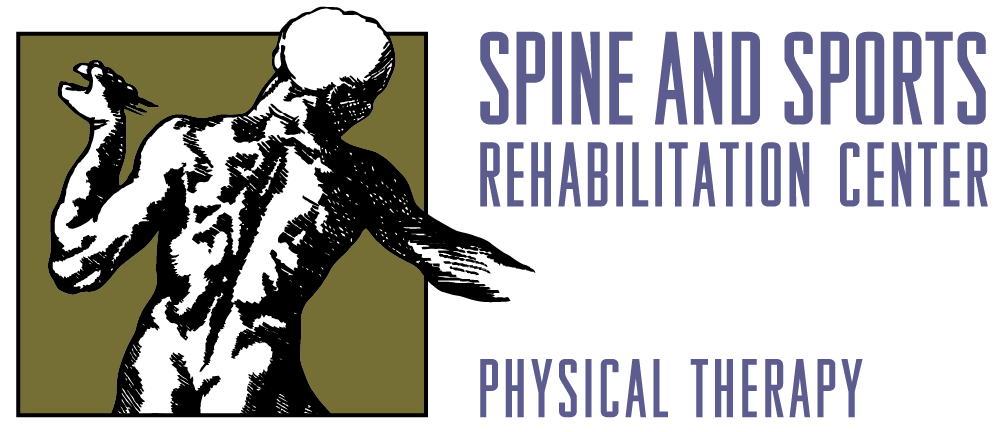Abdominal & Core Musculature
Many patients are unaware that the important “core muscles” in your trunk, the muscles essential to supporting your body during any physical activity, consist of more than the abdominal six-pack. There is a complex group of muscles on every side of your trunk waiting for you to make them stronger. (See pictures below.)
Abdominals (Front and Side Core muscles):
There are three key abdominal muscles: the transverse abdominus, the obliques, and the rectus abdominus. The most important one, the transverse abdominus, connects to the front of the pelvis, wraps around and attaches to the fascia of the lumbar spine (lower back). The transverse abdominus is typically the first muscle to activate during most movements, even lifting your arm overhead! The external and internal obliques wrap around the side of your body and are primarily engaged during trunk rotation and twisting activities, such as rolling out of bed. The rectus abdominus is primarily used during forceful trunk flexion. Ideally, you should do exercises that stimulate all three of these muscles.
Multifidi (Back Core muscles):
The primary back muscles that promote stability are the multifidi. These tiny muscles connect to each individual vertebral joint. The larger back muscles, the erector spinae, are more visible and can promote stability. If the multifidi are weak and the erectors too strong, there may be excessive compression and shearing forces on the back joints, resulting in pain.
Diaphragm (The Top of the Core):
The ceiling of your core is the diaphragm. This is the primary muscle used to power the lungs. Unfortunately, many people unknowingly misuse their diaphragm by holding their breath to compensate for abdominal and lower back weakness. Holding your breath contracts your diaphragm muscle and gives you a false sense of proper stabilization. It is important to steadily breathe while performing core activities and exercises to prevent unintended injury.
Pelvic Floor (The Underside of the Core):
The bottom of your core is the pelvic floor, which consists of a wide array of muscles that stabilize and connect the underside of your pelvis. These muscles are instrumental in the synchronization of your entire trunk and midsection. Kegel exercises are an excellent way to make this area stronger. Everyone — from new mothers to high-performing athletes to old men should consider strengthening these muscles as a way to improve the foundation of their core strength.
There are many variations of exercises that improve the strength of these muscles. If you need any recommendations, please reach out to the physical therapists at Spine and Sports Rehabilitation Center. We will be more than happy to evaluate your condition and recommend the exercises that you need.


